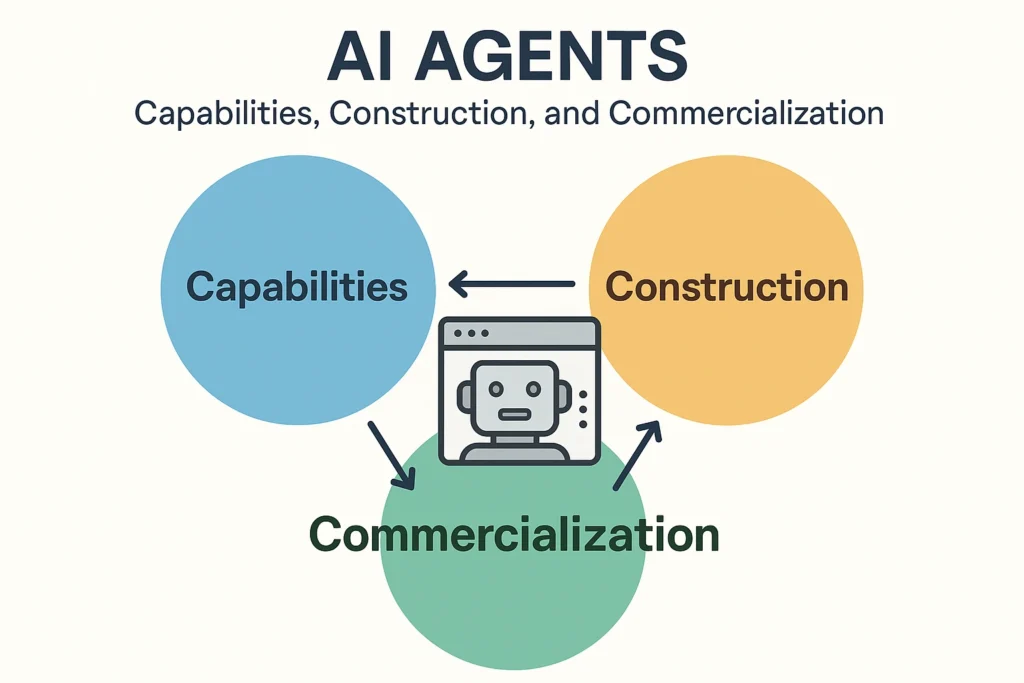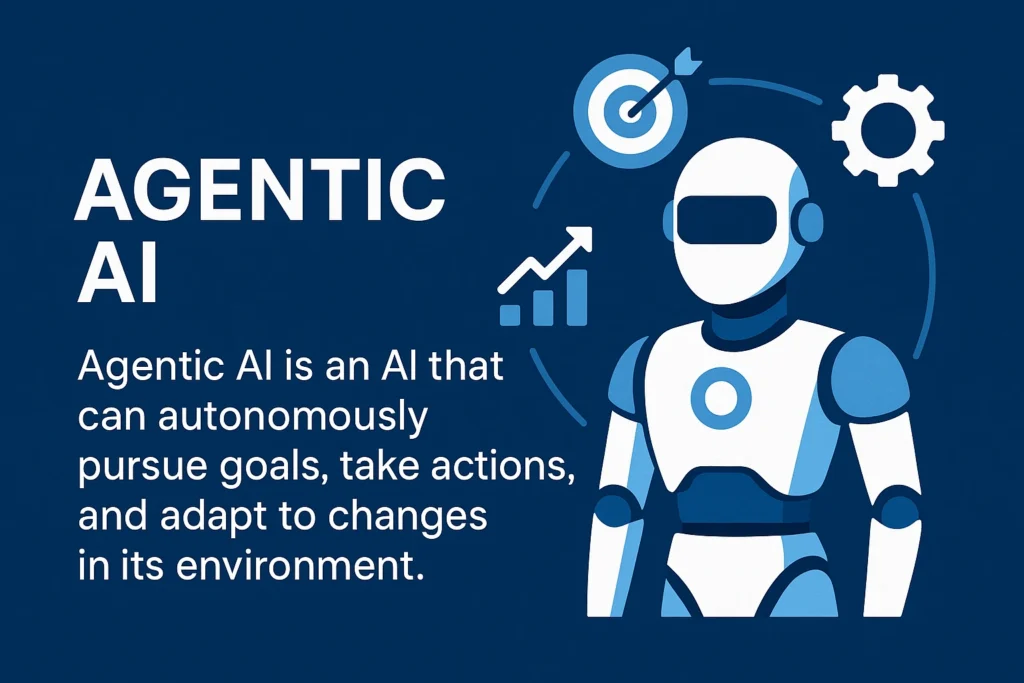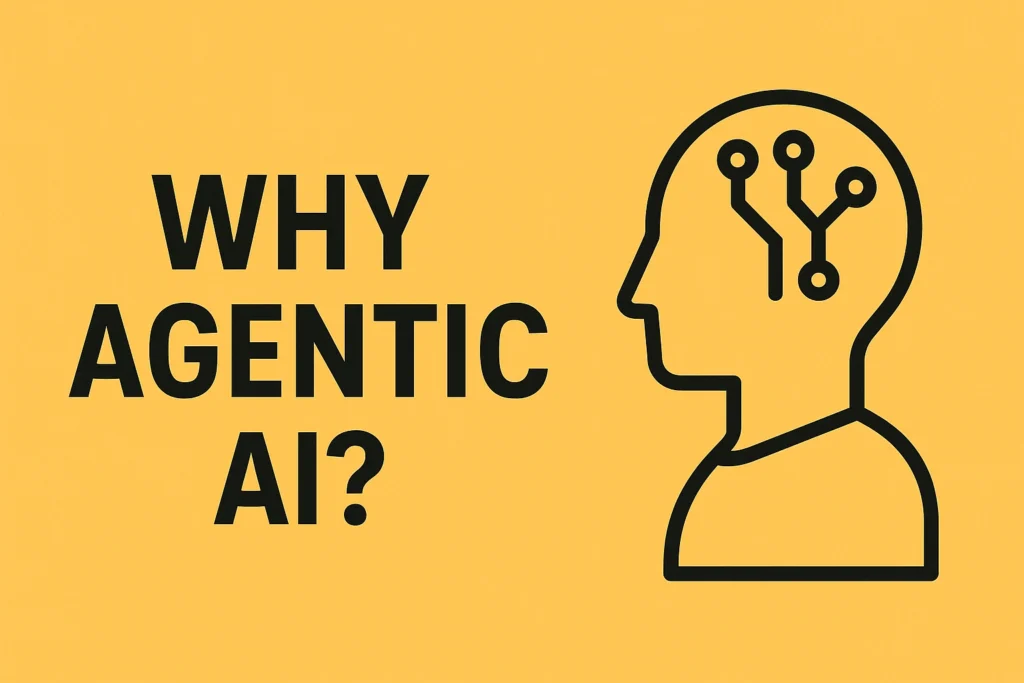Table of Contents
ToggleAI Agents: Capabilities, Construction, and Commercialization

AI Agents: Capabilities, Construction, and Commercialization
This tutorial explores the transformative potential of AI agents, detailing their core capabilities, how they are built, and their emerging applications across industries.
1. Introduction to AI Agents
AI Agents are self-contained programs or entities designed to interact with their environment by sensing, acting, and making logical decisions to achieve specific goals.
1.1 Defining AI Agents
An AI agent "interacts with its surroundings by sensing them with sensors [and] acting with actuators." This interaction allows agents to perceive their environment and then perform actions based on those perceptions, moving beyond simple task execution to autonomous, goal-oriented behavior.
1.2 Core Rules of AI Agents
All AI agents must adhere to four fundamental rules to ensure rational and effective operation:
- Environmental Perception: An AI agent needs to have an environmental perception.
- Decision Based on Observation: Decisions must be based on observations of the environment.
- Action Follows Decision: Action should follow decisions.
- Logical Action: The AI agent's actions have to be logical, aiming for "the best possible outcome [from] making rational decisions that maximize performance."
1.3 Types of AI Agents
- Learning Agents: These agents "learns from its past experience," commonly used in industries like gaming.
- Reflex Agents: "These agent focus on the now and forget the past," applying pre-programmed condition-action principles to immediate events.
- Model-Based Agents: Possess "a more thorough understanding of their surroundings" through an internal environmental model that integrates past experiences.
- Goal-Based Agents: Incorporate "goal information or data describing desired outcomes and circumstances."
- Utility-Based Agents: Include "an additional utility metric" to rank potential consequences and optimize results based on factors like "success probability or the quantity of resources needed."
1.4 Structure and Performance Enhancement
Many agents utilize the PEAS (Performance Measure, Environment, Actuators, Sensors) model for their structure. For example, in a vacuum cleaner agent:
- Performance: Cleanliness and efficiency.
- Environment: Rug, hardwood floor, living room.
- Actuators: Brushes, wheels, vacuum bag.
- Sensors: Dirt detection sensor, bump sensor.
AI agents improve their performance "by saving its previous responses and attempts," allowing them to "react more effectively in the future," much like humans learn from experience.
2. Advanced AI Agent Architectures and Capabilities
Modern AI agents leverage sophisticated techniques and architectures to enhance their capabilities beyond simple rule-following.
2.1 Enhancing Decision-Making and Response Generation
- Retrieval Augmented Generation (RAG): Enables AI to "search external databases" for information to generate "intelligent responses."
- Chain of Thought (CoT) Reasoning: "Breaks down problems into fine steps," allowing AI to simulate a thought process and address complex questions systematically.
- Fine-Tuning: Models can be "custom-trained AI for specific industries" (e.g., healthcare, legal) to optimize performance for specialized tasks.
- Handling Uncertainty and Error Correction: AI agents can "self-corrects through confidence scoring and human feedback loops."
- Reinforcement Learning from Human Feedback (RLHF): Involves "human in the loop training to improve responses," allowing AI to "learns from real world interactions and adapts over time," enabling "overtime learning."
2.2 Architecture and Deployment
- Standalone vs. Multi-Agent Systems: Standalone AI agents "perform task independently" (like ChatGPT), while multi-agent systems "work together to achieve a complex task," with different agents specializing.
- Agent Orchestrator Modeling: A "central AI agent coordinates multiple AI sub agents" to accomplish complex tasks (e.g., a research assistant).
- Cloud-Based vs. Edge-Based AI Agents: Agents can be deployed on cloud platforms (e.g., AWS Bedrock) for scalable computation or on edge devices for localized processing.
2.3 Large Language Models (LLMs) and Their Role
LLMs are foundational to many AI agents, leveraging "deep neural network[s] to generate output based on patterns learned from the training data."
Transformer Architecture: LLMs typically adopt a "transformer architecture," which uses "self attention" to "identify relationship between words in a sentence irrespective of their position in the sequence."
Training Process: Data collection and preprocessing, model initialization, input numerical data, loss function calculation, parameter optimization, and iterative training until satisfactory accuracy is achieved.
Applications of LLMs: Wide applications, including Natural Language Processing (NLP) tasks like sentiment analysis, text summarization, translation, and text generation.
3. Building AI Agents: Practical Steps and Tools
Building an AI agent involves setting up the environment, installing dependencies, and configuring the agent's behavior and tools, whether locally or in the cloud.
3.1 Local Environment Setup (Browserless Example)
To build an AI agent locally, key prerequisites and steps include:
- Python: Version 3.10 or above, with python.exe added to system PATH.
- UV: A Python package for creating virtual environments (install via `pip install uv`).
- Virtual Environment: Crucial for isolated agent execution (e.g., `uv venv venv`, activate via `.\venv\scripts\activate`).
- Browserless: A tool providing a web UI for agents (clone via `git clone`).
- Playwright: A dependency for browser automation (`pip install playwright`).
- Git: Essential for cloning repositories (requires proper PATH setup).
3.2 Building a Cloud-Based Agent with AWS Bedrock
The process involves:
- Environment Setup: Importing Boto3 library and resetting the environment.
- Client Object Creation: Creating a bedrock-agent client object to interact with AWS services.
- Agent Creation: Configuring a cloud-based agent using `bedrock_agent.create_agent` with parameters like name, instruction, and model (e.g., "Claude 3 Haiku").
- Agent Preparation and Alias Creation: Preparing the agent until it's ready, then creating an alias for invocation.
- Invoking the Agent: Using `bedrock-agent-runtime` to invoke the agent with user input.
- Action Groups: Allow agents to "perform tasks by interacting with an AWS Lambda function," defining specific actions (e.g., `customer_ID_lookup`).
- Code Interpreter: An action group linked to `Amazon.CodeInterpreter` enables dynamic Python code execution.
- Guardrails: Crucial "safety measures that help ensure AI generated responses are safe, ethical and appropriate," acting as "filters and restrictions."
3.3 AI Voice Agents (Vapi.ai)
Vapi.ai is a tool for building AI voice assistants, offering:
- Model and Transcriber Configuration: Selecting AI providers (Google, OpenAI, Deepseek), defining prompts, and configuring "temperature" for output randomness. Transcriber settings include language, model (Nova 3), and "background denoising."
- Voice Configuration: A variety of male and female voices (e.g., "Elliot," "Lily").
- Tools and Integrations: Custom functions and API keys (e.g., N8N webhook, Traveltime search keys) for real-time interactions.
- Analysis and Advanced Features: Options for collecting conversation data, call recordings, and customizing prompt modifications based on user intent.
- Deployment: Agents can be tested and published. Vapi.ai offers a free trial (1,000 minutes) but requires payment for continued use.
4. Notable AI Agent Projects and Frameworks
Several projects and frameworks highlight the evolving capabilities and immense potential of AI agents, pushing the boundaries of autonomous AI.
4.1 Manus AI
Manus AI is China's "latest autonomous AI agent that's sparking comparisons to Deepseek R1." It is designed to "take actions" and complete multi-step tasks independently, unlike chatbots that only provide answers.
- Autonomous Operation: Manus AI can "open websites, click buttons, run scripts, move files, and complete multi-step tasks."
- Agent Loop: Operates in "loops like a real human," planning, selecting tools, executing, checking output, and self-correcting.
- Real-World Tool Usage: Interacts with "real websites," runs "terminal commands," manages files, and deploys web applications.
- Architecture (Linux Sandbox): All operations occur within a "safe controlled workspace called Linux sandbox," ensuring an "isolated environment."
- Performance Benchmarks (Jia Benchmark): Shows strong performance, outperforming OpenAI's Deep Research Model in various task complexities.
4.2 Generative Adversarial Networks (GANs)
GANs, introduced by Ian J. Goodfellow, are unsupervised learning models composed of two competing neural networks:
- Generator: "Creates fake data" to fool the discriminator, taking random noise as input.
- Discriminator: "Identifies real data from the fake data" generated by the generator, classifying inputs as real (1) or fake (0).
This Adversarial Game drives both networks to "work simultaneously to learn and train complex data like audio, video or image files." Training involves defining the problem, choosing architecture, training discriminator on real/fake data, and training generator on discriminator output. Types include Vanilla GANs and Deep Convolutional GANs (DC GANs).
4.3 Neural Networks and Machine Learning Concepts (Part 1)
- Natural Language Processing (NLP): Techniques for analyzing and understanding human language, including text processing, categorization, information extraction, and structure analysis. Libraries: NLTK, Scikit-learn, TextBlob, SpaCy.
- Feature Extraction: Converting text/image data into numerical vectors (e.g., Bag of Words).
- Model Training:
- Supervised Learning: Predicting outcomes from labeled data (e.g., Naive Bayes, SVM, Linear Regression, KNN).
- Unsupervised Learning: Identifying patterns and structures in unlabeled data (e.g., clustering algorithms like K-means).
- Naive Bayes Classifier: A simple yet efficient technique for text classification, often used in sentiment analysis and spam detection.
- Grid Search: A powerful method for "search[ing] parameters affecting the outcome for model training purposes," finding optimal hyperparameters.
Neural Networks and Machine Learning Concepts (Part 2)
- K-Nearest Neighbors (KNN): A classification algorithm that "predict[s] the category of sample base on its closest neighbor." It's "easy to use" but "doesn't work well with the large data set and it require proper scaling of the data to get accurate result."
- Speech-to-Text (Hugging Face Transformers): Using pre-trained models (e.g., Wav2Vec2) from Hugging Face for converting audio to text.
- Sentiment Analysis (Hugging Face Transformers): Utilizing pre-trained transformer models for "sentiment analysis" by classifying text into positive, negative, or neutral sentiments.
- Text Generation (Hugging Face Transformers): Generating new text based on prompts or existing data, using pre-trained models.
4.4 Agentic RAG Applications (LlamaIndex)
LlamaIndex is a tool for building agentic RAG applications, enabling LLMs to interact with custom data sources and external tools.
- Data Ingestion & Indexing: Loading and processing documents into nodes, then creating indexes (summary, vector store).
- Query Engines and Tools: Query Engine (interface over indexed data), Query Tool (engine with metadata), Router Query Engine (routes queries dynamically).
- Tool Calling: Agents "invoke external tools, APIs or databases dynamically to enhance his decision making and the response generation," fetching real-time data, interacting with systems, and validating responses.
- Agent Reasoning Loop: Defines a multi-step reasoning process where the agent can "reason over tools and multiple steps," breaking down complex questions.
- Multi-Document Agents: Combining tools from multiple documents into a single agent, allowing answers across various knowledge sources.
5. Emerging AI Technologies and Their Implications
The field of AI is rapidly advancing, with new models and capabilities continually emerging, promising transformative impacts.
5.1 AI-Powered Video Generation
- Kling AI: Generates videos from text prompts, supporting features like motion brush, negative prompts, and various pricing plans, creating "realistic" and "great quality video[s]."
- Sora AI: Another text-to-video platform that can generate "full story[s]" by breaking down prompts into scenes with timestamps, offering features like recut, remix, blend, and loop for manipulation.
- HeyGen AI: A top AI video generation tool focusing on creating "realistic videos" with AI avatars, text-to-video conversion, 40+ languages, script assistance, voice/face cloning, and team collaboration. It aims to save "so much time."
5.2 Code Generation and Debugging
Gemini 2.5 Pro & Claude Sonnet 4: These LLMs are compared for their ability to generate code (e.g., 3D car simulations) and debug existing code. Claude Sonnet 4 is noted for its "amazing" UI features and "good" performance in code generation and debugging, potentially outperforming Gemini 2.5 Pro in some aspects.
5.3 Advanced Reasoning and Problem Solving (DeepSeek Model)
DeepSeek Model (Deepseek R1) is positioned as a "new family of AI models designed for various task[s]," excelling in "advanced reasoning and problem solving capabilities."
- "Strawberry Test": Demonstrates "long reasoning process" and "double checked the counting."
- Mathematical Reasoning: Provides "clear and easy to follow" explanations and "consistently double-check calculations."
- Geometrical Questions: Shows ability to apply "well known geometric formulas" and "adjusts its plan when something doesn't work."
- Coding Test: Generates "smart, efficient and QP" solutions, using "clever expand around sentence technique."
- Logical Reasoning: Delivers "clear detailed explanation[s]" for complex puzzles.
- Local Deployment: Deepseek models can be run "locally in Windows command prompt" using tools like Olama.
5.4 Multimodal AI (Llama 3.2)
Llama 3.2: A new family of Meta's AI models. Smaller models (1B, 3B) are "optimized for the mobile devices," while larger "vision models (11B, 90B) can process both text and image simultaneously," making them "ideal for complex data analysis and industries like medical imaging." It is multilingual and open-source. Can be installed and run privately using Docker, providing a local web UI.
5.5 Reinforcement Learning (Q-Learning)
Q-learning is a model-free reinforcement learning algorithm used to find optimal actions in an environment.
- Agent-Environment Interaction: Agent transitions "from its current state to the next state based on its choice of action and also the environment," observing rewards.
- Rewards and Episodes: Rewards observed; "episode" completed at "terminating state."
- Temporal Difference Update Rule: Updates Q-values (quality of action in state) using observed and estimated future rewards.
- Exploration vs. Exploitation: Exploitation (using current knowledge) vs. Exploration (trying new things) balanced by Epsilon-Greedy Policy.
- Q-Table: A "repository of rewards" associated with optimal actions for each state, dynamically updated.
- Implementation Steps: Define environment, set hyperparameters, implement Q-learning algorithm, simulate transitions, define reward function.
6. Commercializing AI Agents
The widespread adoption and development of AI agents present significant commercial opportunities across various sectors.
6.1 Monetization Strategies
- Subscription Models: Offering "AI-powered services as a subscription," providing "recurring revenue" and "stable growth" (e.g., research assistants, content generation tools).
- Tokenization (Crypto Tokens): Integrating "cryptocurrency token[s] to your AI agent," allowing users to pay for AI services with tokens, creating "a percentage of every transaction" as revenue (e.g., AI trading bots).
- Investment (Venture Capitalist Strategy): Investing in "early stage AI agent projects before they go mainstream," researching legitimacy, investing before mainstream traction, and selling when demand/prices increase. Platforms like DEX Screener track trending AI agent coins.
6.2 Key Players and Platforms
Virtual Protocol, Chain Humans.AI, Cookie.fun: These are mentioned as top AI agents or platforms, with Cookie.fun specifically tracking and ranking AI agents based on metrics like "market capitalization, social engagement, token holder growth and also impressions."
Vapi.ai: A platform for building conversational AI agents, offering tiered pricing plans (free, standard, pro, premier) based on credit usage, features (watermark removal, professional mode for videos), and priority access.
7. Risks and Future Outlook
While AI agents promise "a new era in automation and efficiency," their autonomous nature brings risks. "Without prior safeguards an AI agent could misinterpret objectives." Therefore, "ensuring human oversight, ethical programming and responsible deployment will be critical to leveraging AI agents safely and efficiently."
AI agents are "redefining how we work and interact with technology," being "far more advanced than traditional LLMs" due to their ability to "plan, interact with tools, store knowledge and execute tasks." Their continuous development promises transformative impacts across industries, leading to unprecedented levels of efficiency, personalization, and innovation.
AI Agents — FAQ
Structure, reasoning, deployment models, and revenue pathways.
An AI agent is an autonomous program that senses its environment (via cameras, APIs, file reads) and acts through effectors (motors, API calls, screen output) to reach goals. It perceives, decides, acts, and evaluates success using rules that maximise a performance metric.
- Learning – improve via experience (game AIs).
- Reflex – “if condition → action” (Tic‑Tac‑Toe bots).
- Model‑based – keep internal world model.
- Goal‑based – plan towards desired states.
- Utility‑based – weigh outcomes, pick highest utility.
Performance metric, Environment context, Actuators to act, and Sensors to perceive. A vacuum‑bot’s “cleanliness” is P; your living room is E; wheels/brushes are A; dirt & bump sensors are S.
- RAG pulls fresh knowledge.
- Chain‑of‑Thought breaks big problems into steps.
- Decision Trees & multi‑step reasoning plan paths.
- Fine‑tuning adapts to domains.
- RLHF & confidence scores self‑correct over time.
- Standalone – ChatGPT‑like single agent.
- Multi‑agent systems coordinate specialised sub‑agents.
- Orchestrator models dispatch tasks (research assistant).
- Cloud (AWS Bedrock) for scale; Edge for low latency / privacy.
- Set env vars & import
boto3. - Create
bedrock_agent_client. - Define agent & move to “Prepared”.
- Add alias for invocation.
- Create action groups tied to Lambda.
- Enable code‑interpreter group for Python.
- Turn on trace logs for debugging.
- Add guardrails for safe output.
Menus AI takes a high‑level goal, then loops: think → plan → pick tool → act → verify → iterate → deliver. Inside a Linux sandbox it opens sites, clicks buttons, runs scripts, and even deploys live apps, beating other models on the JIA benchmark.
- Sell AI‑powered products / SaaS assistants.
- Token‑based monetisation & revenue share.
- Invest early in agent tokens / projects.
- Boost operational efficiency (analysis, deployment).
- Custom AI consulting & solution building.
- Passive income via subscription or per‑use fees.


